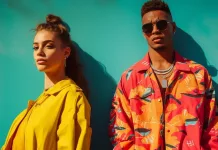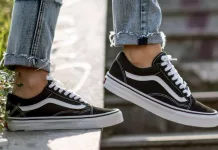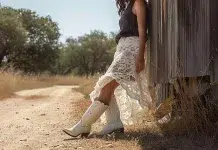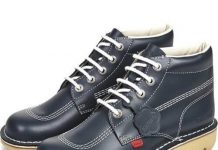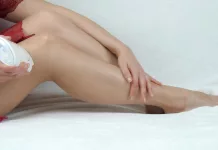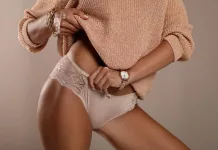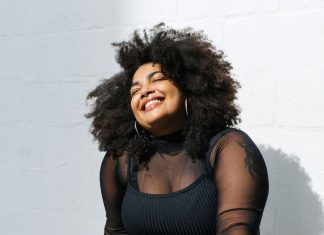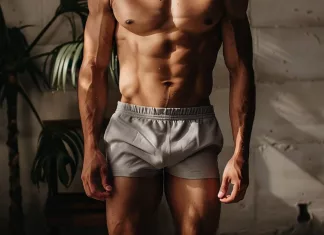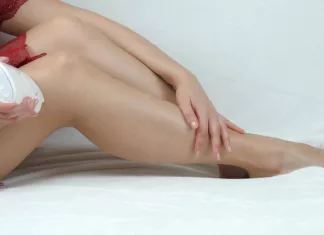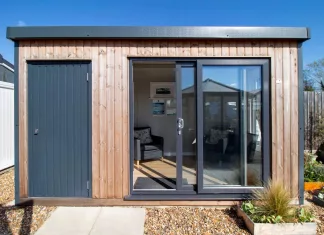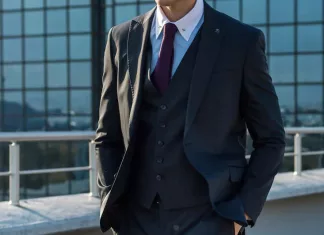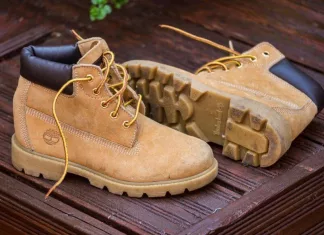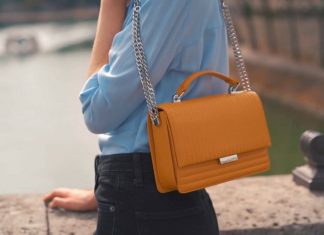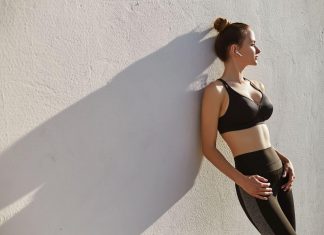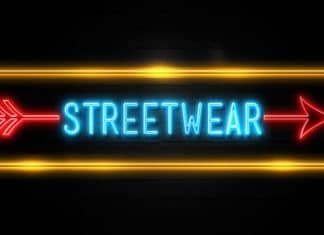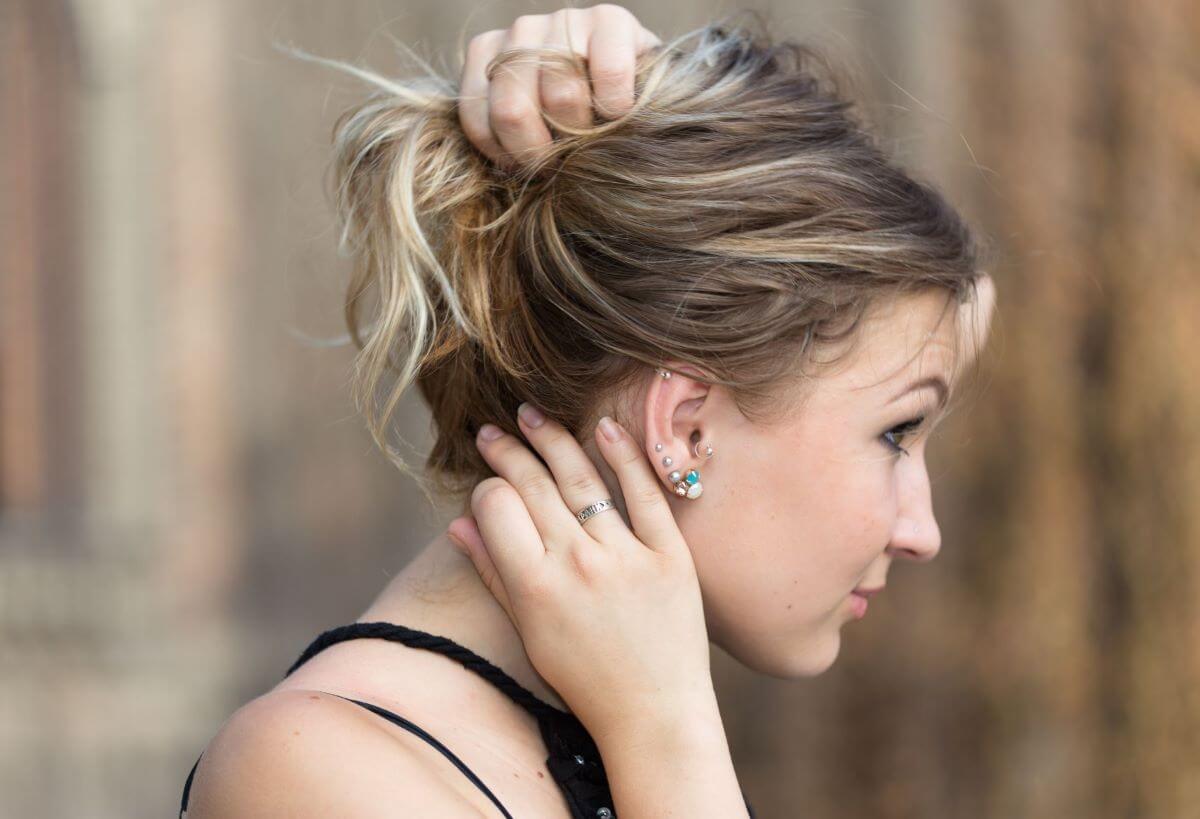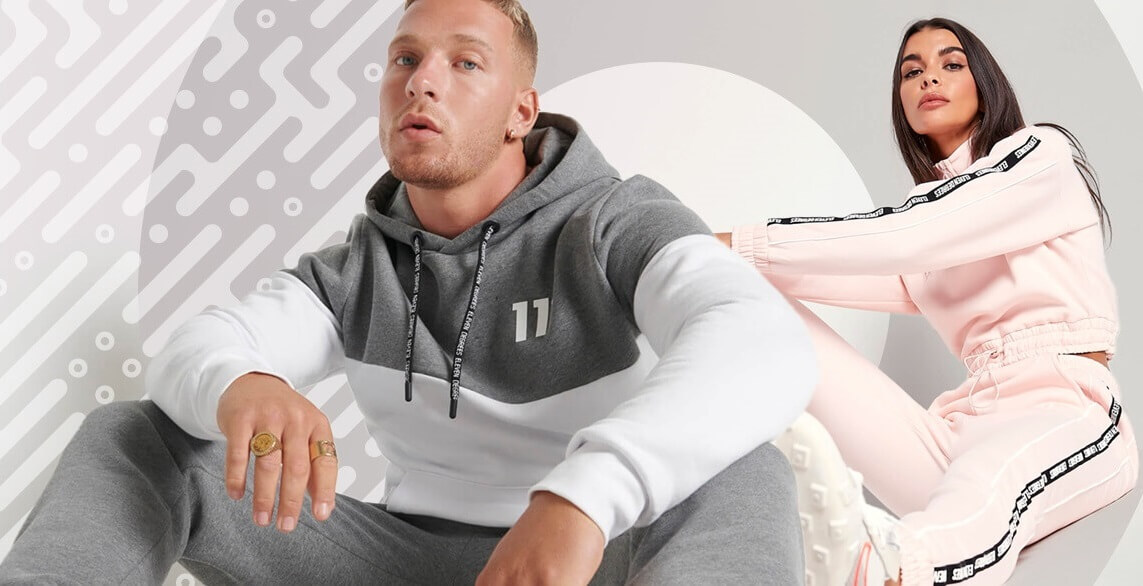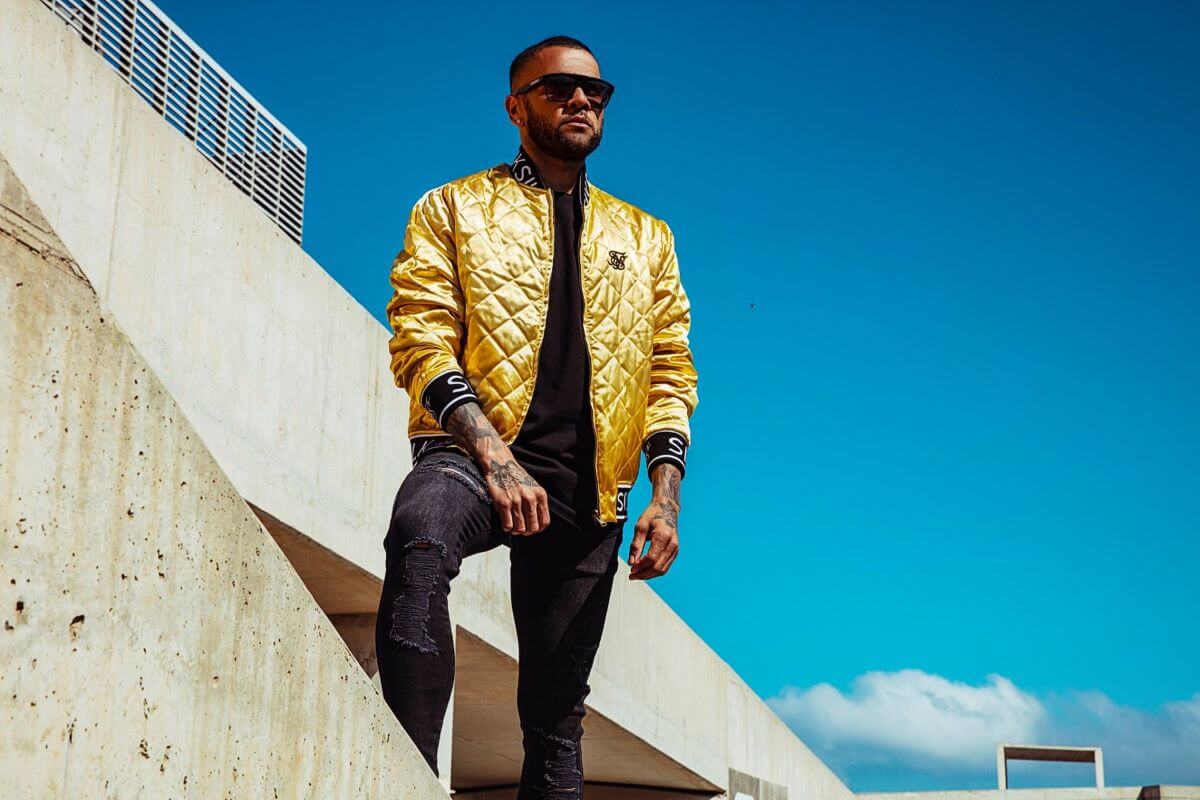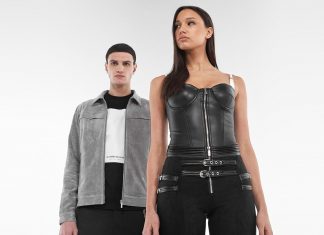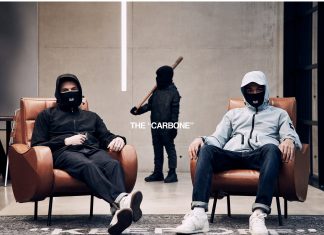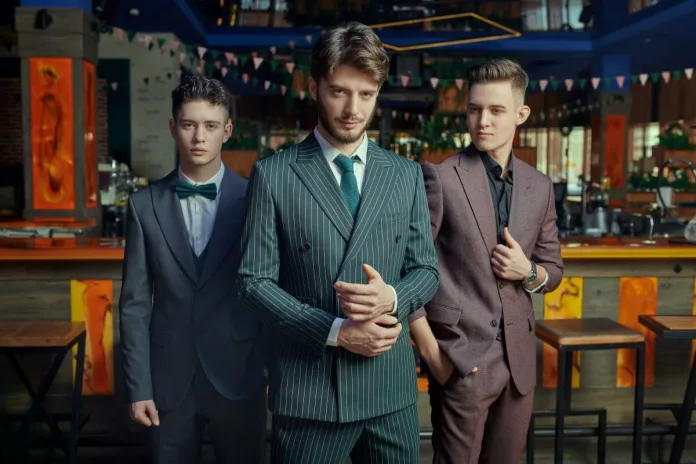
First Published: 28th August 2023, written by Ciaran Clarke | Last Updated on 6th January 2024 | Reviewed and Edited by Chloe Safilo
When you want to dress to impress, men need at least one suit in their wardrobe, preferably suitable for the big three; job interviews, weddings and funerals. The challenge is finding the right choice of mens suit colours to exude professionalism, be suitable as sombre and respectful attire, and be elegant and appropriate for a celebratory event.
And of course, it’s only really possible with the classic black (including a thin pinstripe), dark charcoal grey or navy blue options. Luckily these can then be transformed by shirt and tie choice with clever colour coordination, or by having a three-piece and only using the waistcoat for weddings.
If you do only buy one suit, black is the most versatile suit colour, contrasting multiple colours and suitable for all occasions. Contrary to grey often lauded as the ultimate all-occasion suit, only black is truly suitable for a funeral, and shirts and ties combination can be the variant for any other event.
Ideally you do need multiple options for a wider range of varied occasions, and understanding the implications of colour an important factor in any purchase. Variety in suit colours can add versatility to a man’s wardrobe, allowing for adaptability to various social, professional, and personal circumstances.
The style of a new suit directs the overall look and feel, and single-breasted or double-breasted jackets which can really change the appearance (the latter is more formal with overlapping front flaps and a wider lapel).
And for the record, a suit is the trouser and jacket bought as the same ensemble, made from the same fabric and designed to be worn together. Having mis-match trousers and blazer is not the same thing.
Anyway, we’ve covered buying suits in depth before, so this article is specifically a comprehensive guide on how to choose men’s suit colour to stand out from the crowd in the right way.
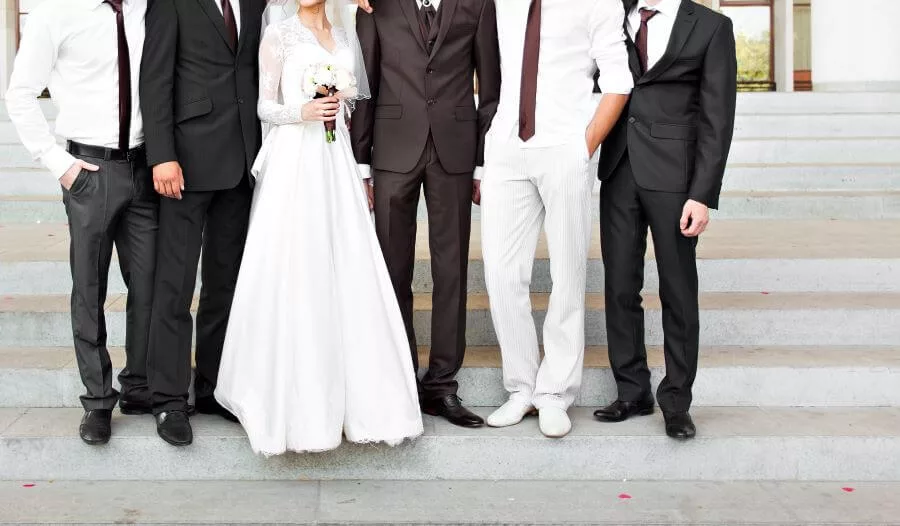
Dressing for the Occasion: Event-specific Suit Colours
In the context of occasion and setting, the selection of suit hue can signal formality or informality, thus carrying implications beyond mere personal preference.
In short, dark suit colours, including black, navy, and charcoal grey, exude professionalism and sophistication, making them popular choices for formal events.
Dress code expectations for business meetings and interviews typically lean towards darker hues, reflecting professionalism and gravitas. For black tie events, only a Tuxedo will do.
But outdoor events, summer gatherings, and casual Fridays allow for lighter, more vibrant suit colours, echoing the relaxed ambiance. Lighter shades, such as tan or light grey, convey a casual feel, making them ideal for less formal or daytime events.
Ultimately, the colour choice should also align with office dress policies, ensuring that one’s attire is always occasion-appropriate. Simply, if there is a dress code, stick to it.
And this includes funerals, where the family will specify if they want mourners to avoid the traditional respectful sombre attire of black suit and tie with white shirt, for a colourful celebration of life.
For weddings, the outfit colour can vary, depending on the invite dress code specifications and if at the daytime event, or the more casual evening reception.
Cocktail parties, often marked by a blend of formality and leisure, open up a wider range of colours and you ideally want a lounge suit for these.
Ultimately, the chosen suit colour should embody the intended message and personal style while respecting the occasion’s protocol.
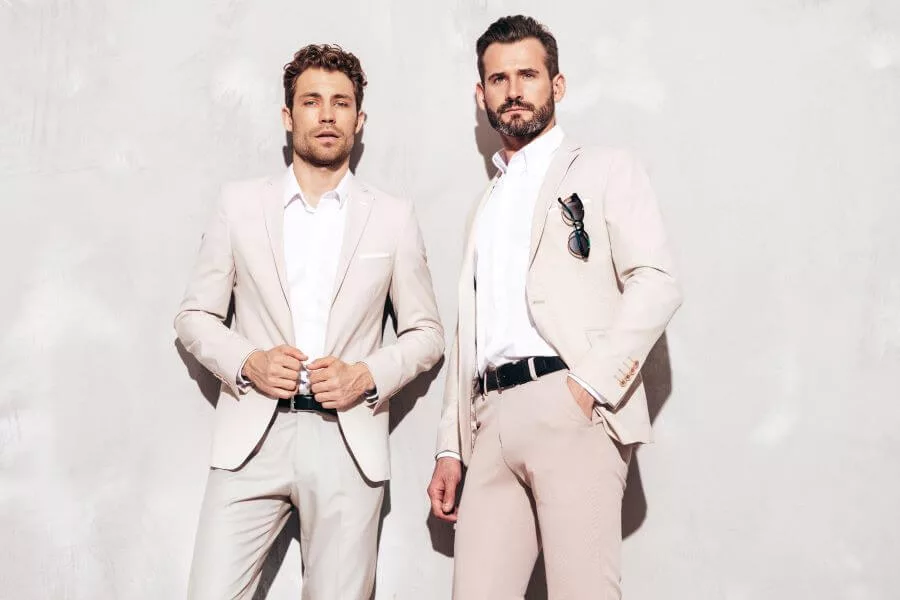
Analysing and Complimenting Skin Tone
Assessing the undertones and overall hue of your skin time is a critical step in determining the most flattering shades for clothing, leading you to the most suitable suit colour. Simply, you need your hues to complement and enhance your natural features.
The spectrum of skin tone varies from light to dark, each having its unique colour palette. Light skin tones are complemented by darker suits, providing a striking contrast. While darker skin tones benefit from lighter or vibrant colours, highlighting the richness of the complexion.
As an example, in harsh lighting or bright sunny days, fair-skinned individuals may find lighter colours washing out their features and looking pasty. And in dark environments or grey cloudy days, darker colours get less vibrant.
And it’s not just colour, your skin complexion has a natural undertone which is either cool, neutral or warm. It’s suggested you hold a white piece of paper against your skin to look for warm-toned yellow or cool-toned blue. Alternatively style experts say to look at the veins on your wrist for warm green or cool blue.
In theory, the suggestion for cooler tones is to avoid the brighter bold colours, and go for greys, blues and greens. While warmer tones can pull off the bright and light spectrum.
In truth, if you are going to the effort of holding white paper up to your face, I’d suggest you use a whole range of colours and just see for yourself how it looks. And this includes natural and pastel colours which can look quite vintage (main picture).
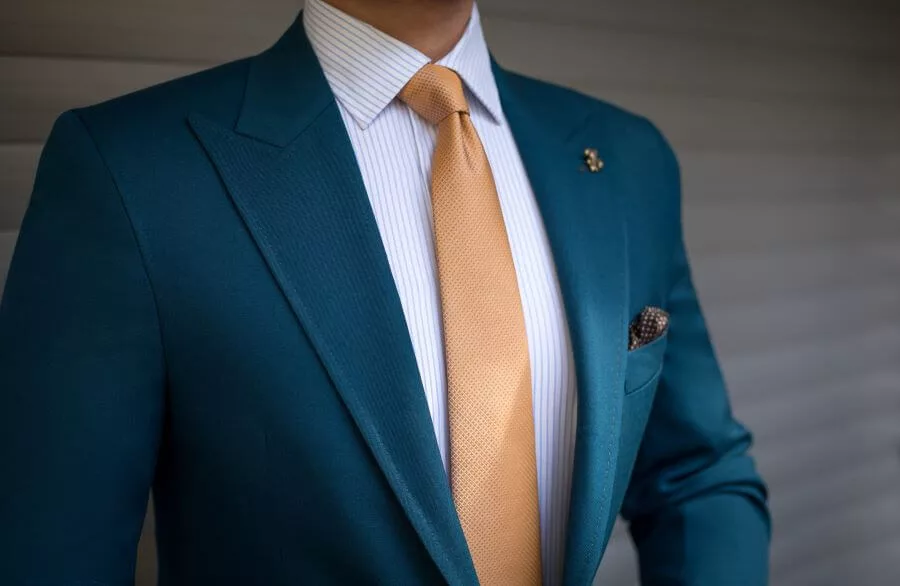
Complementary and Contrasting Colours
Okay, on to the art of colour coordination. Wearing the right colour shirt and tie combinations is essential, and we’ve detailed what shirts to wear with black suits previously. The key to achieving a well-coordinated look requires an understanding of complementary and contrasting colours.
Complementary colours, found opposite each other on the colour wheel, create a vibrant appearance when used together.

Contrasting colours, on the other hand, are separated by three colours on the wheel, offering a striking yet balanced appeal.
When selecting shirts, ties, pocket squares, belts and shoes, these colour principles are invaluable. And crucially the tie should complement the dress shirt s well as the men’s suit colour. The overall outfit should present a unified, coherent look with harmonious combinations.
For instance, a navy suit paired with a burnt orange tie provides a striking complementary contrast, while a charcoal grey suit with a pale blue shirt offers a subtle, refined contrast.
I’m going to stress the importance of shoe choice with your suit now, as it’s essential to get right. The right footwear is critical, so give it the attention it deserves.
Ultimately, the judicious use of colour can enhance the overall aesthetic of a suit, elevating it from commonplace to statement-making.
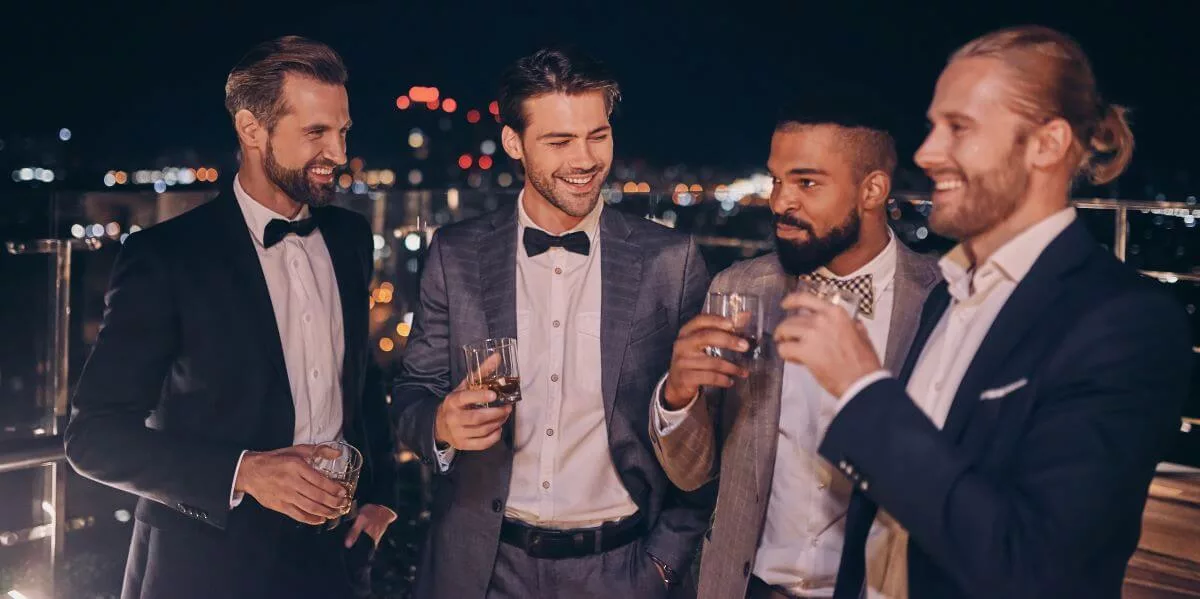
Decoding the Classics: Black, Grey, and Navy Suits
Okay, so in an ideal world you will have three colour suits in your wardrobe; black, grey, and navy. These classic formal attire staples have maintained their position as the quintessential choices due to their versatility and timeless appeal. And as mentioned initially, these are your only choice of a suit for all occasions.
Black Suit
The black suit, often selected for its formality, exudes an air of sophistication and authority. It’s the most formal colour of the choices, but also the most highly versatile suit colour as every colour will contrast.
Grey Suit
A grey suit, particularly a darker shade like charcoal, offers similar versatility to its black counterpart but with less rigidity. Notably, the grey jacket, paired with a crisp white shirt, delivers an understated elegance ideal for a variety of settings.
Navy Suit
The navy blue suit, meanwhile, provides a gentler alternative to black, retaining professionalism while affording greater flexibility in pairing with other colours. It’s great for business and job interviews, and is the most professional looking so is a safe and versatile choice.
If you have only three colours in your suit collection, it’s these.
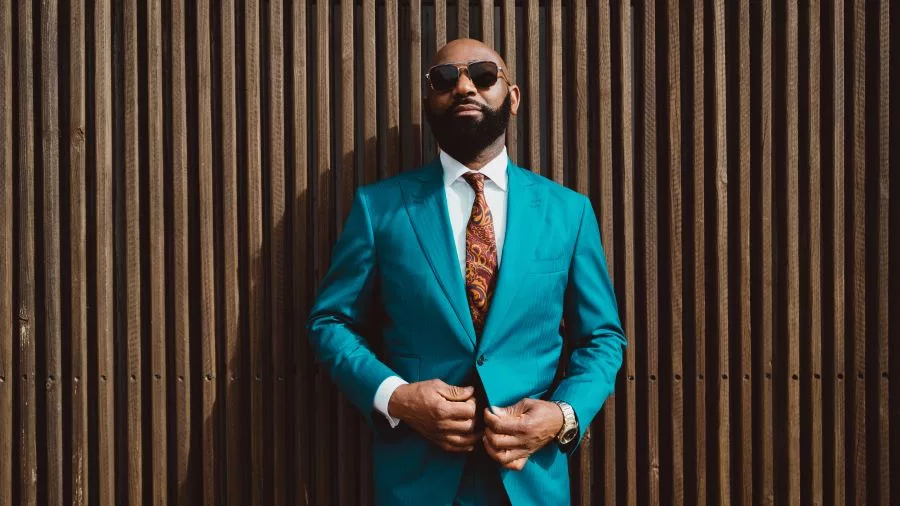
Making a Splash: Bold and Unconventional Suit Colours
Despite the dominance of traditional hues in formal attire, the emergence of bold and unconventional suit colours offers a refreshing deviation from the norm, adding a vibrant splash to the male wardrobe. But to be honest, you have to be the right character to pull it off and these fall under the leisure suit category. But, they do make great options for mens summer suits for weddings.
This trend sees an array of suit colours, from burgundy to olive, gracing the mens fashion scene, breaking the monotony of black, grey, and navy. These colourful combinations not only showcase individuality but also evoke a sense of belonging among fashion-forward individuals.
It has been observed that the choice of the colour of one’s suit reflects one’s personality, with brighter colours denoting confidence and creativity. This trend represents a shift in norms, signifying a broader acceptance of the unconventional in the realm of men’s formal attire.
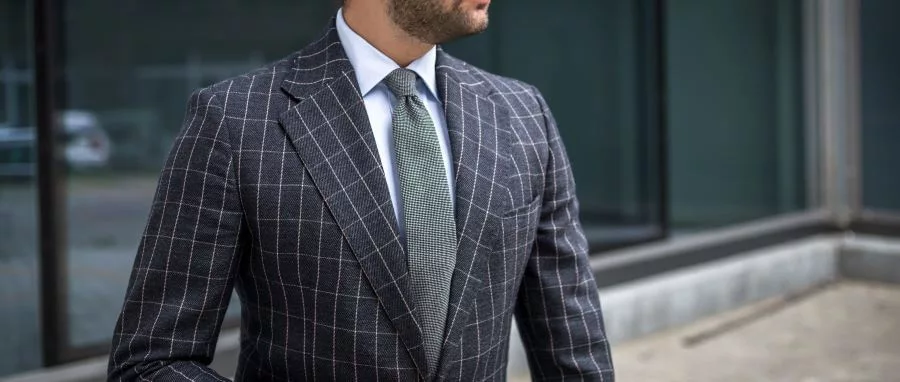
How to wear a suit
So we’ve covered colour choice, and how you wear your first suit can really change things. You can still look scruffy if you don’t follow these tips.
The fit
A well-fitted suit that matches your body shape and size will always look more polished and professional as well. For most men, this is a classic fit that isn’t too tight or too loose, so looks like it’s owned rather than borrowed.
The jacket should hug your shoulders, with the sleeves ending at your wrist bone. The length of the jacket should cover your buttocks. The trousers should sit comfortably at your waist and be long enough to cover the top of your shoes with a slight break (which means they rest on the top of your shoes with a small crease) and this will rise when you sit down so wear smart socks.
Naturally more heavy set males might prefer a slim fit suit, and the muscular gentleman might want a skinny fit with stretchy fabric.
On the subject on material, it’s worth a quick pointer than suits are often made from durable wool, which despite the linen lining are more suited for winter. Cotton and linen suits are more lightweight and better for warmer weather.
Shirt and Tie
This is where your personality can shine through; you can either go for a solid colour or a subtle pattern. If your suit is a pinstripe, do not go for a check or anything with horizontal lines. It’s best to only have one noticeable pattern on your dress shirt and tie selection.
The collar should be properly tucked under the jacket lapel. Make sure the tie is long enough to reach your belt buckle, and take your chest width into account when choosing a tie style if wide or thin. There are various tie knots you can use which change length.
Dress shoes
To look like a proper gent, wear a pair of polished leather shoes. Once again I’d refer to this excellent shoe guide as it covers styles and colour. No trainers. Ever.
Belt and socks
Match your belt colour with your shoes or trousers, and choose dress socks that are long enough to cover your shins when seated and match either your suit or shoe colour.
Overall appearance
If you really want to dress to impress, make sure your suit is clean, pressed, and free from wrinkles. Pay attention to the little details such as personal grooming, using deodorant and aftershave, ensuring your hair is neatly styled, and your nails are clean and trimmed.
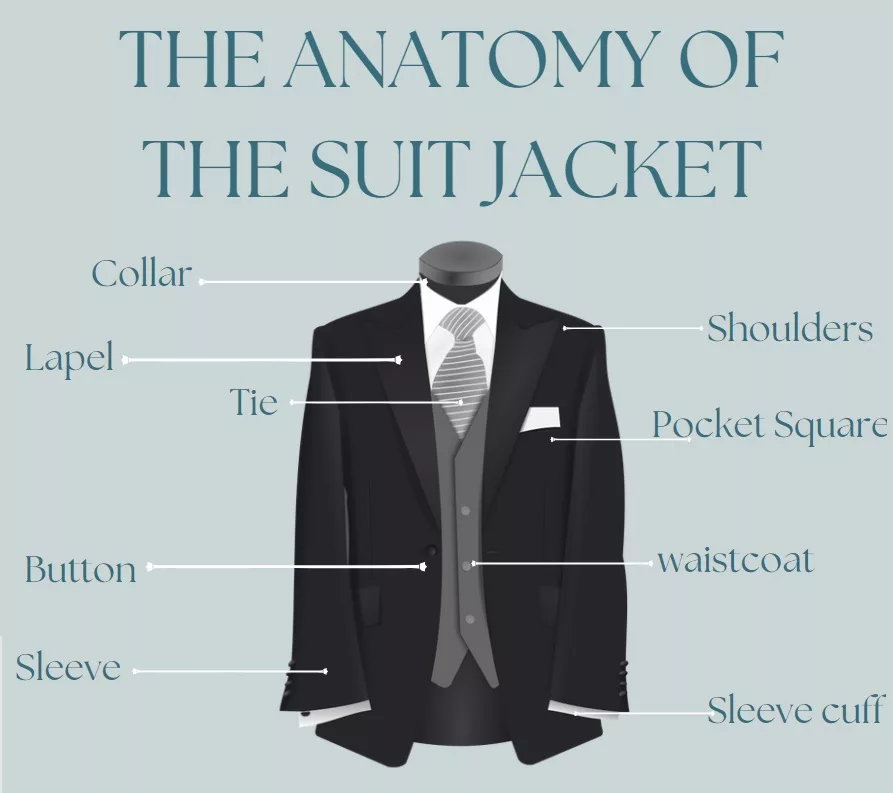
How to button your jacket
Okay, so there are rules here, and it depends if you are sitting or standing, and how many buttons your jacket has. The TL:DR is leave the bottom button undone, and when sitting, unbutton your jacket to avoid fabric stretching.
If you don’t want to leave any buttons unfastened and it gets pointed out (there’s always one), retort with the origins of the tradition that King Edward VII started it because he was too fat to do it up so everyone copied him to not make him feel bad.
But here’s the detailed version of the frankly stupid rule if you want to look the part.
The One-Button Jacket
Buttoned while standing and undone when you sit down.
The Two-Button Jacket
Top only. The two-button jacket should never have both buttons fastened apparently.
The Three-Button Jacket
There’s a simple, and still stupid rule of sometimes, always, never. Basically the top button is optional. the middle should always be fastened, and never button the bottom.
The Double-Breasted Jacket
Leave the bottom button, and you can leave them buttoned when you sit as the design means less stress on the fabric.

Conclusion on the best mens suit colours and how to wear it
In conclusion, the selection of best suit colours for men requires a comprehensive understanding of colour theory, analysis of skin tone, and consideration of the occasion appropriateness and setting. The colour of a gentleman’s suit and accessories, creates an ensemble for any occasion.





